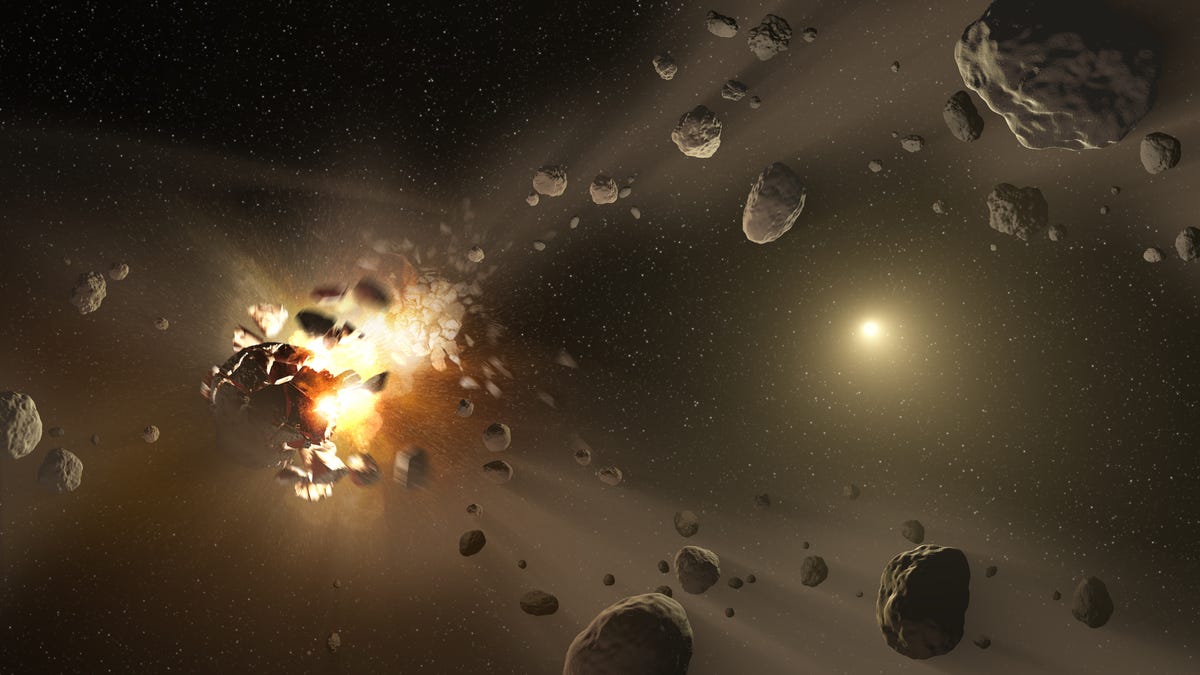'B2Bomber' asteroid misses Earth; humanity exhales
The 100-foot-wide space rock ends up safely passing us by, but there could be many more like it lurking in space undetected.
Yet another doomsday has come and gone here on Earth, as an asteroid big enough to do some serious damage sailed by us Monday at a comfortable distance of 2,542,960 miles (4,092,497 kilometers).
Almost any time a big space rock comes anywhere near ours, it prompts predictions of a catastrophic collision that could lead to the End Times. This asteroid, known as 2013 TX68 and estimated to be up to about 100 feet in diameter, was no exception.
In early February, NASA tried to dispel the paranoia, insisting there was no chance of a collision. Astronomers had to concede, though, that they had very little information about the projected trajectory of the asteroid. In fact, it was predicted to pass by as far out as 9 million miles (14 million kilometers) or as close as just 11,000 miles (17,000 kilometers). A range that wide left lots of room for doubt and anxiety in certain corners of the Internet.
The asteroid was later given the nickname "B2Bomber," which probably did little to lessen the existential anxiety surrounding its flyby.
Fortunately, we didn't need to move into the fallout shelter. On Monday morning, news came that the asteroid had passed us, according to the International Astronomical Union's Minor Planet Center.
In the end, humanity's existence wasn't threatened by this particular space rock. In fact, late last month NASA reconfirmed the asteroid "posed no threat," saying the asteroid was most likely to pass at a distance of about 3 million miles. That estimate turned out to be pretty close.
As for the so-called B2Bomber posing a threat in the future, it "cannot impact Earth over the next century," NASA said in a statement.
It's estimated that less than 1 percent of the 30-meter near-Earth asteroids similar to B2Bomber have been detected, even though they're big enough to cause major damage to a big city.
The most recent time a space rock made news on a visit to Earth was in 2013, when a meteor about 65 feet wide exploded in the skies over Russia. The resulting shock wave shattered windows, causing numerous minor injuries around the city of Chelyabinsk. The meteorite came to rest at the bottom of a lake several miles outside of town.


